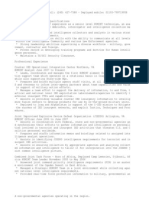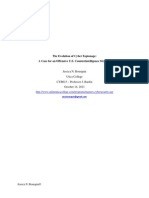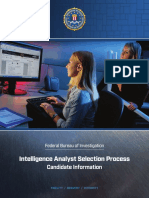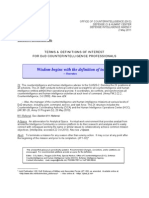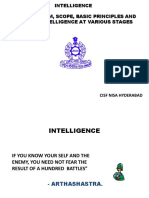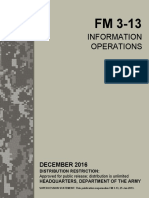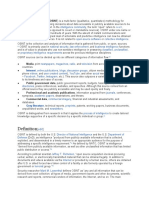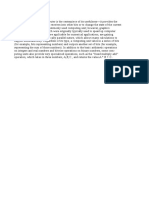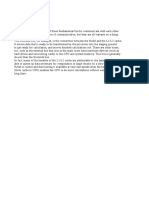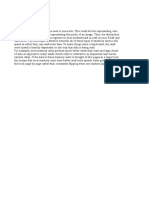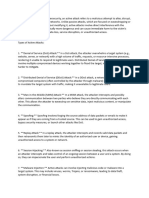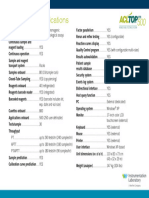0% found this document useful (1 vote)
382 views11 pagesOpen-Source Intelligence
study
Uploaded by
JAIRCopyright
© © All Rights Reserved
We take content rights seriously. If you suspect this is your content, claim it here.
Available Formats
Download as PDF, TXT or read online on Scribd
0% found this document useful (1 vote)
382 views11 pagesOpen-Source Intelligence
study
Uploaded by
JAIRCopyright
© © All Rights Reserved
We take content rights seriously. If you suspect this is your content, claim it here.
Available Formats
Download as PDF, TXT or read online on Scribd
/ 11












